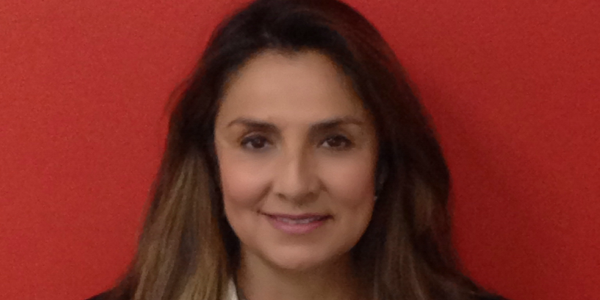
Since the Port of Miami tunnel was finished in the second quarter, new class A industrial developments have started rising across Miami-Dade County catering to mid-sized and large-space users.
Some have said now is the time to build more industrial—but are the forecasts too positive? Are these latest industrial developments built more on hype, without the consideration of metrics?
Viola Sanchez, vice president of the Southeast Division with PS Business Parks, the owner of the largest industrial property in Miami—Miami International Commerce Center—has some thoughts on those questions. GlobeSt.com caught up with Sanchez to understand her perspective on Miami’s industrial market.
“From a top-down view, it benefits the market to focus in on the buzz that industrial is booming,” Sanchez says. “However, I am cautious of the possibility that too many businesses are being caught up in a false-positive trend.”
While it’s true that businesses are moving into new spaces, she says this does not equate to an overall market uptick, positive absorption or large-scale new-to-market interest. It takes more than relocating from one place to another is for long-term sustainability.
“The growth of the Panama Canal has absolutely spurred improvements in Miami’s infrastructure, especially in regards to roads and rail,” Sanchez says. “With the increase of imports and exports coming through Miami, new developments are emerging, catering mainly to large-users.”
That said, Sanchez stresses that this increase has yet to translate into large companies coming into market. As she sees it, we are still a region built on strong fundamentals of small business owners, and too much of the new development is ignoring that.
“The new developments benefit the market by encouraging competition, motivating older parks to reinvent and reinvest in themselves, and interest can increase market rental rates,” Sanchez says. “With that said, I remain cautious in that the industrial sweet spot is less motivated by bells and whistles and more so attracted to solid infrastructure, financially stable ownership and ease of access. New-to-market tenants, usually from South America, are starting small—the strength in our markets are users 30,000 and less—and they are the users that are driving the Miami market at the moment.”
Viola served as CIASF President in 2012-2013.
Source: GlobeSt.







